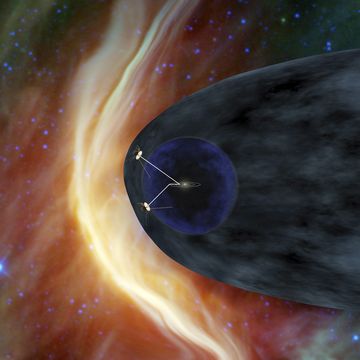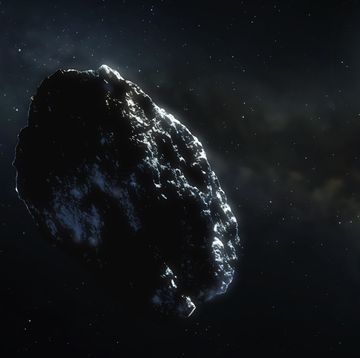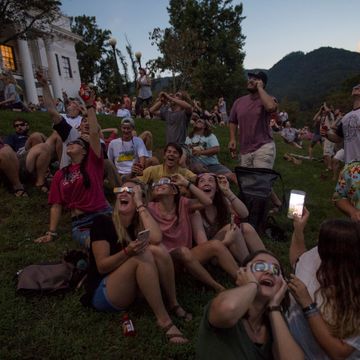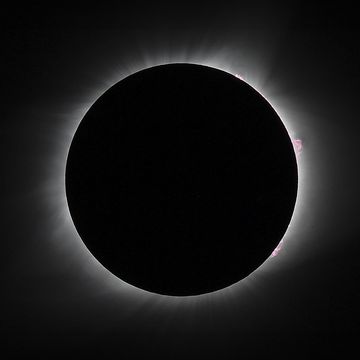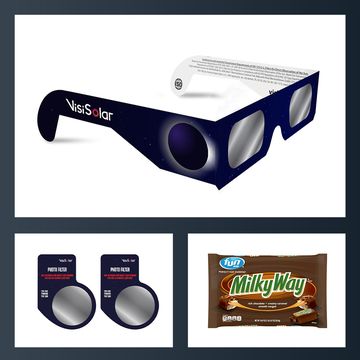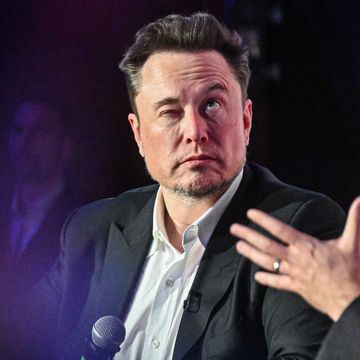The ISEE-3 is coming home. And if Dennis Wingo and Keith Cowing have their way, it'll return to find a warm welcome and a new mission. That is, if they can get it working again.
The International Sun/Earth Explorer 3 probe has been in space nearly as long as the Voyager probes now departing the solar system. It launched in 1978 to study the interaction between the Earth's magnetic fields and solar winds. It became the first space mission to encounter a comet in 1985 when it flew by the Giacobini-Zinner comet, and in 1986 it flew through the tail of Halley's Comet. The spacecraft then settled into a heliocentric orbit roughly in line with Earth's, and began collecting solar and cosmic-ray data until its communications equipment was decommissioned in 1999.
Wingo and Cowing, the masterminds of the Lunar Orbiter Image Recovery Project, are pushing for the ISEE-3 Reboot Project, an attempt to crowdsource the capture and repurposing of the spacecraft as a new orbiting classroom and public science laboratory. "It's like one of those NPR shows or one of those Discovery Channel shows where they bring in a rusted old car and they say, I see a Michelangelo in this rust heap," Cowing says.
The probe, whose battery is long dead, is still alive thanks to solar panels. The problem is that nobody can contact it, and that's where Wingo and Cowing come in. Wingo is the operator of Skycorp, a private space company that has built instruments for NASA, DARPA, and private aerospace companies. Cowing is an astrobiologist and former NASA employee who has parlayed that work into his own news website, NASA Watch. Together they have a plan to save the old spacecraft.
After ISEE-3's encounter with Halley's Comet in the 1980s, mission design specialist Robert Farquhar intentionally set it on an orbit that would bring it back home to Earth. That encounter will take place this summer, when the spacecraft goes around the moon to enter Earth orbit.
"The orbit it's in is not that different from the Earth's. It's a bit farther out, but it crosses our orbit regularly," Cowing says. "It's now catching up with Earth after all this time."
But that maneuver will need a big boost, one that requires making contact with the craft and getting its engine to fire. If the rockets don't fire, the craft will stay on its current trajectory, and nearly 30 years of anticipation will have been for naught. Wingo and Cowing must make contact with ISEE-3 by late May or early June to prepare for the maneuver, which will bring the probe back by our planet in August, if all goes well.
They've got NASA's blessing. What they don't have is any of NASA's money, thanks to the devastating budget cuts to the agency that put even high-profile missions like Cassini, Mars Opportunity, and the Lunar Reconnaissance Orbiter in peril. So they're looking to private citizens for support.
Wingo and Cowing started a RocketHub crowdfunding effort to raise $125,000 for the mission. They've also been hunting for the right parts to get the communications systems back online. "I was Dumpster diving at a storage unit with Bob Farquhar last week, pulling stuff out of boxes, and I FedExed a $200 overnight box to California," Cowing says.
And like they did with the Lunar Orbiter Image Recovery Project, they've been able to tap in to the expertise of the original mission specialists, as well as a robust online community that seems quite adept at making the right documents appear when they're needed. That network includes Farquhar, now 81 years old, who kept a lot of the documentation from the original ISEE-3 mission. "He foresaw this day." Wingo says. "This is not just happenstance that this spacecraft is coming back in 2014. They actually planned for this in the 1980s."
They'll also need the help of a younger generation of coders and developers who can resurrect the communications equipment. The probe has no computer on board. Its instrumentation is a series of sequencers, and each part has to be prodded in just the right way by radio signal. Instead of re-creating the communications equipment as hardware, the team will be using software to emulate the sequencers. That way they can communicate with the probe and test which instruments are still working. So far they know that both radio transponders are online. But until the probe is successfully captured back into L1 orbit, they won't know what else is online.
"The idea is, you have to yell at it with enough amplitude that it hears it and in the right vocabulary," Cowing says. "Once you've done that and commanded it, then the spacecraft will show you what it can do and what it can't do."
Of course, they'll need a place from which to send all those yells. For now they'll be using donated space at Morehead State University in Kentucky, where a 21-meter dish will help them make the initial contact. Part of the crowdfunding money will go toward getting the right hardware at Morehead, but, ultimately, the dish may not be powerful enough to fulfill the needs of the rest of the mission. The command post will be in the U.S., but other stations will be listening in, including the Bochum Observatory in Germany.
If the capture is successful, the team plans to turn the spacecraft over to the public, making it a 36-year-old platform for citizen science. Software developers will work on smartphone apps that will enable students to access the instruments on the probe. It'll give them a weather forecast of the lack-of-air up there. While there're no imaging cameras, there's still plenty to be gathered from the craft. In 1999, 12 of 13 of the complementary instruments were working; they measure plasma, energetic particles, waves, and energy fields.
It's the fulfillment of many dreams—not only those of Cowing and Wingo, but of Farquhar as well. "He's been wanting to do this for 30 years," Cowing said. "Bob wants to see this spacecraft put back into an orbit and used again."





